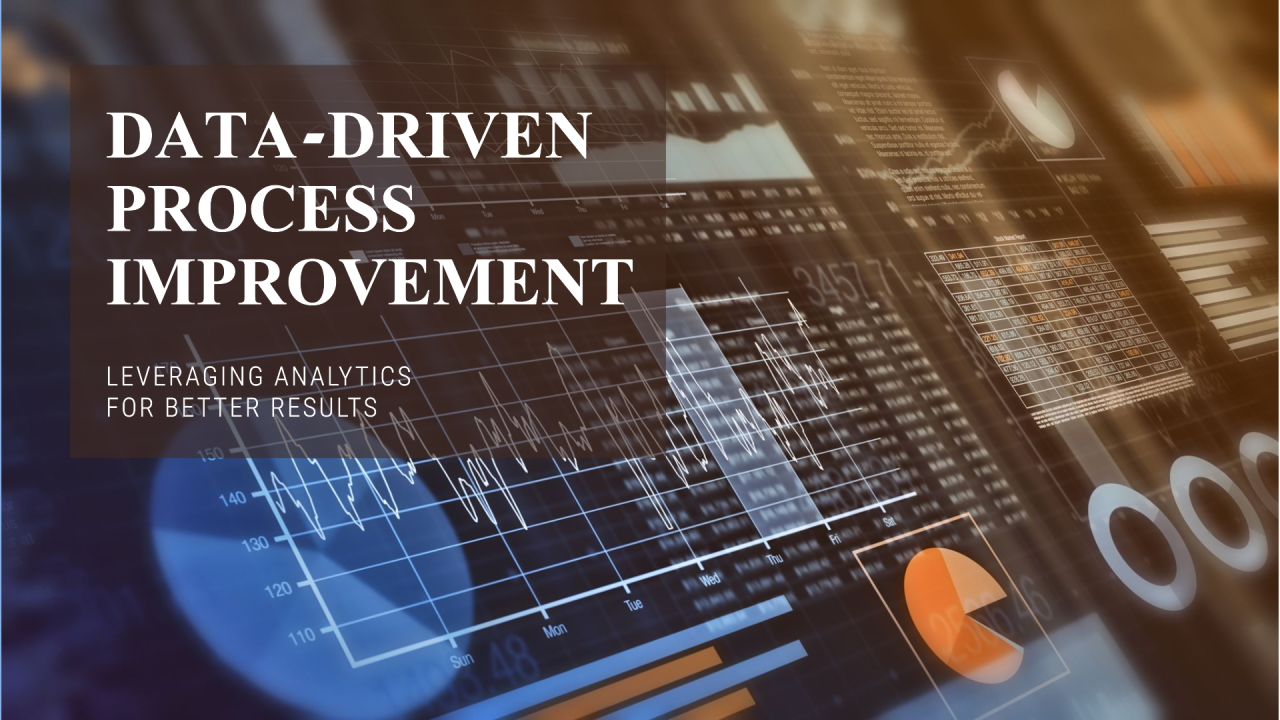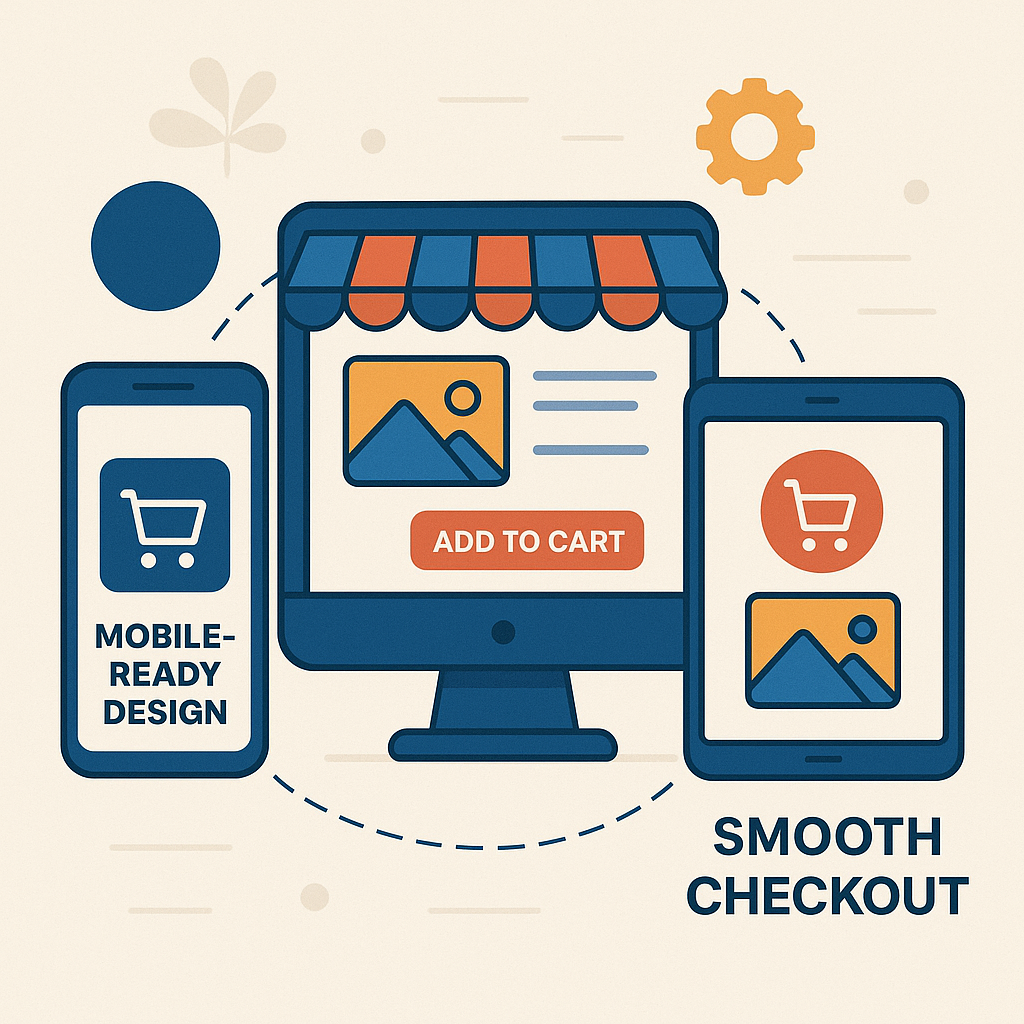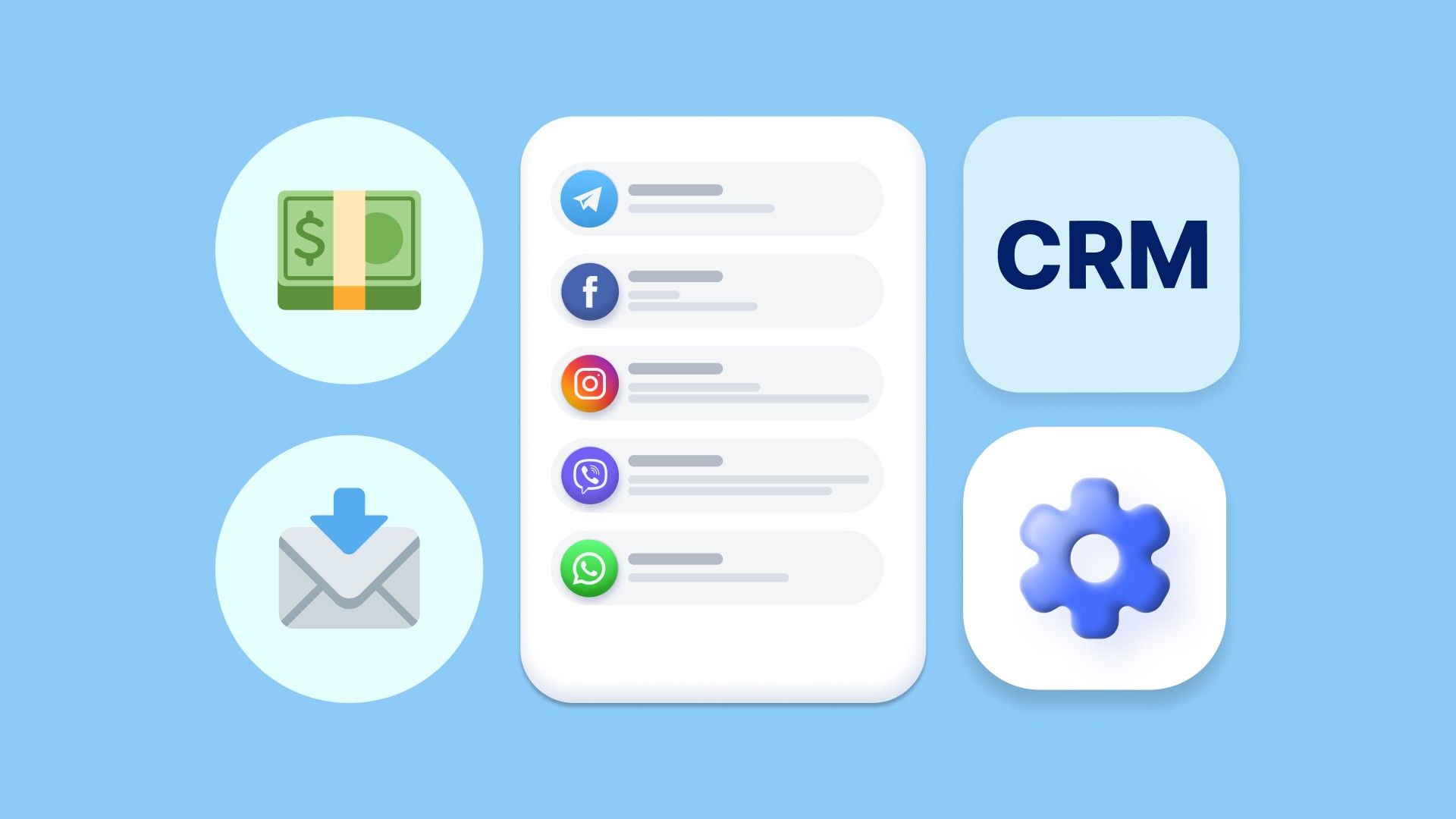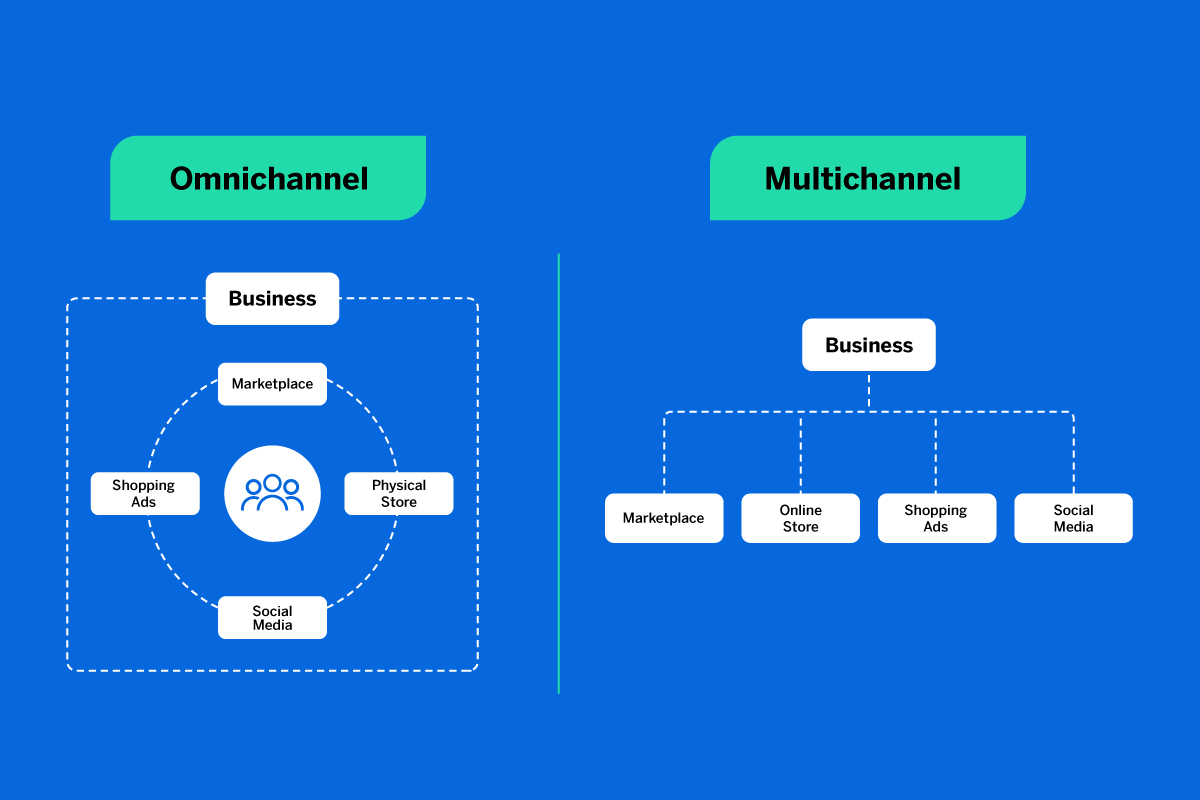Integrating legacy systems with modern applications is essential for businesses striving to maintain efficiency and competitiveness in today’s digital landscape. Legacy systems, though robust, present specific challenges when combined with newer technologies. In this article, we explore these challenges comprehensively and discuss solutions for businesses looking to modernize effectively.
Modernizing Legacy Systems: A Comprehensive Guide
What are Legacy Systems?
Legacy systems refer to outdated computing software or hardware still in use within an organization. These systems often support crucial business processes, yet lack the flexibility, scalability, and security needed in modern environments.
Key Challenges of Integrating Legacy Systems
Compatibility Issues
Compatibility remains one of the most significant hurdles when integrating legacy systems with modern applications. Old systems often run on outdated technologies that are incompatible with current platforms, resulting in integration complexities and reduced system efficiency.
Data Silos
Legacy systems typically store data in isolated, disconnected environments. This siloed data makes it challenging to achieve real-time data integration and creates difficulties in maintaining data accuracy and consistency across systems.
High Maintenance Costs
The cost associated with maintaining legacy systems grows significantly as they age. These systems often require specialized skills and resources to maintain, update, and troubleshoot, increasing overall operational expenses.
Security Vulnerabilities
Older systems usually lack the robust security frameworks necessary to defend against modern cybersecurity threats. Integrating these systems without proper safeguards can expose businesses to serious security breaches.
Lack of Scalability
Legacy systems are not designed with scalability in mind, which can severely limit an organization’s ability to expand and adapt quickly to market changes or increasing user demands.
Integrating Legacy ERP Systems in E-commerce Operations
ERP Integration Complexities
Legacy ERP systems often do not communicate well with contemporary e-commerce platforms, causing delays, inventory mismatches, and inaccurate financial reporting.
Real-time Data Exchange Issues
Integrating older ERP systems with newer e-commerce solutions frequently results in challenges around real-time data synchronization, leading to poor customer experiences and inefficiencies.
Solutions to Overcome Integration Challenges
Adopting Middleware Solutions
Middleware solutions such as API management platforms can facilitate smooth communication between legacy and modern systems, allowing for seamless data exchange.
Incremental Modernization
Adopting an incremental approach by gradually replacing or upgrading parts of the legacy system reduces risk and ensures smoother integration with minimal disruption.
Utilizing Cloud Technologies
Moving legacy applications to cloud-based environments can enhance flexibility, scalability, and security, addressing multiple integration challenges simultaneously.
Investing in Expert Support
Partnering with experienced IT service providers, such as Singleclic, can streamline the integration process, leveraging expertise in legacy system modernization, software development, and cybersecurity.
Why Choose Singleclic?
Singleclic, a leader in IT solutions since 2013, provides comprehensive and tailored services designed to meet unique business needs across various sectors. Our expertise includes:
- Software Development: Custom software, Low-code, ERP, and CRM solutions.
- Networking Solutions: Network design, installation, and infrastructure services.
- Cybersecurity: Protecting clients’ systems from digital threats.
- Hosting Services: Hosting web applications, servers, and Cloud Native solutions.
- Technical Support: Reliable 24/7 technical assistance.
For expert assistance in integrating your legacy systems seamlessly with modern applications, contact Singleclic:
- 📞 Egypt: +2 010 259 99225
- 📞 UAE: +971 42 475421
- 📞 Saudi Arabia: +966 58 1106563
Visit us at Singleclic.com to learn more about our IT solutions.
By addressing integration challenges strategically, businesses can modernize their infrastructure effectively, ensuring long-term operational success and competitiveness.









